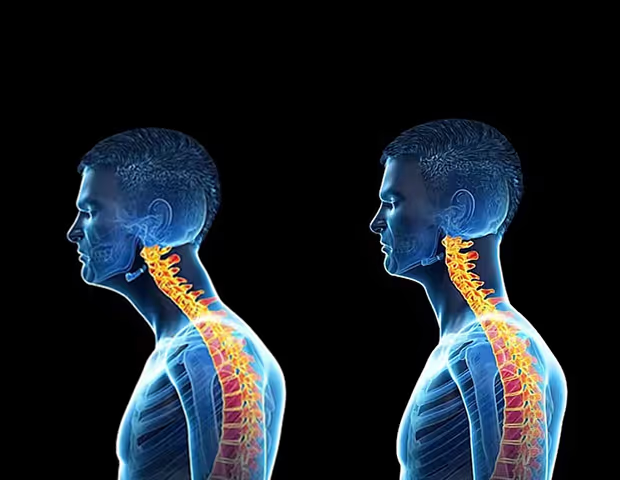Muscle tension

What is muscle tension?
Muscular tension refers to the condition where one or more muscles remains semi-contracted for a prolonged period. This causes small lumps or “muscle knots” which you can feel by touching the affected area. When the body is stressed, muscles tense up. Muscle tension is almost a reflex reaction to stress—the body’s way of guarding against injury and pain. Our bodies are well equipped to handle stress in small doses, but when that stress becomes long-term or chronic, it can have serious effects on your body.
Muscle tension and strain
This is usually from activities and behaviours such as:
- poor posture
- working at a desk for too long without changing position
- sleeping with your neck in a bad position
- jerking your neck during exercise
For example, both tension-type headache and migraine headache are associated with chronic muscle tension in the area of the shoulders, neck and head.
One way to relieve muscle tension is to do progressive muscle relaxation, also known as Jacobson’s relaxation technique. Progressive muscle relaxation (PMR) is a form of therapy that involves tightening and relaxing your muscle groups, one at a time, in a specific pattern. PMR was created by American physician Edmund Jacobson in the 1920s. It was based on the theory that physical relaxation can promote mental relaxation. Changing your sleeping position and using our wooden pillow by Unusually Usual typically would be enough to relieve some of your muscle tension symptoms particularly.
More health related problems wooden pillow solves

Phone neck syndrome
If you are here and reading this article, you are likely someone who has been suffering with “text neck” or “phone neck syndrome". The term "Phone Neck Syndrome" describes our health condition that develops from frequent usage of screens especially phones while we are texting and scrolling.
.avif)
Poor posture
Poor posture goes beyond aesthetics and can have surprising and often overlooked consequences that significantly affect our health. From headaches, neck and lower back pain to shoulder pain and digestive problems, the effects of poor posture permeate various systems within our bodies.

Headache
Headache pain results from signals interacting among your brain, blood vessels and surrounding nerves. During a headache, multiple mechanisms activate specific nerves that affect muscles and blood vessels. These nerves send pain signals to your brain, causing a headache.
Want to see howwe help people?
people?

Free resources, from the heart
& get a free webinar now!